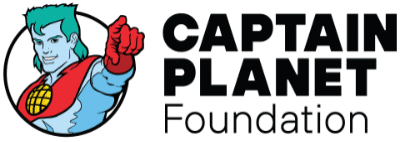Techniques for Extending Your Growing Season: Mulch
This series offers some common techniques that you can use to try to extend your growing season. Most of the methods help your soil stay warmer and protect your plants from harsh, cold winds. These techniques can be adopted one at a time, or you can use more than one simultaneously to try to achieve more success. When these practices are added on to others, they can have an even more protective effect. Keep reading for tips related to mulching.

Mulch can help keep soil a constant temperature in the winter*. This allows plants to remain dormant during warm spells, and also prevents soil from heaving (repeatedly contracting and expanding due to changes in temperature) and pushing soil roots up to the surface where they can be exposed to cold air. Mulching can be an especially great way to extend your season for growing root crops and hardy fall-winter vegetables right up until the end of the year, depending on your climate. If you want to keep growing tomatoes, peppers, and other warm season vegetables, you may not be able to lengthen your season as much. Apply the mulch before the ground freezes. Whatever mulch you use should be easy to remove in the spring when you need to plant, and when there is no longer any danger of a hard frost.
If you are curious about mulching to extend your growing season, here is a guide to the benefits to your garden, how to start, which mulch to use, and troubleshooting tips.
This article goes through some basic information that will be helpful to know as you make decisions about what season extenders will be best for your school’s garden. *Note: Mulching does not protect against freezes, contrary to popular belief.
